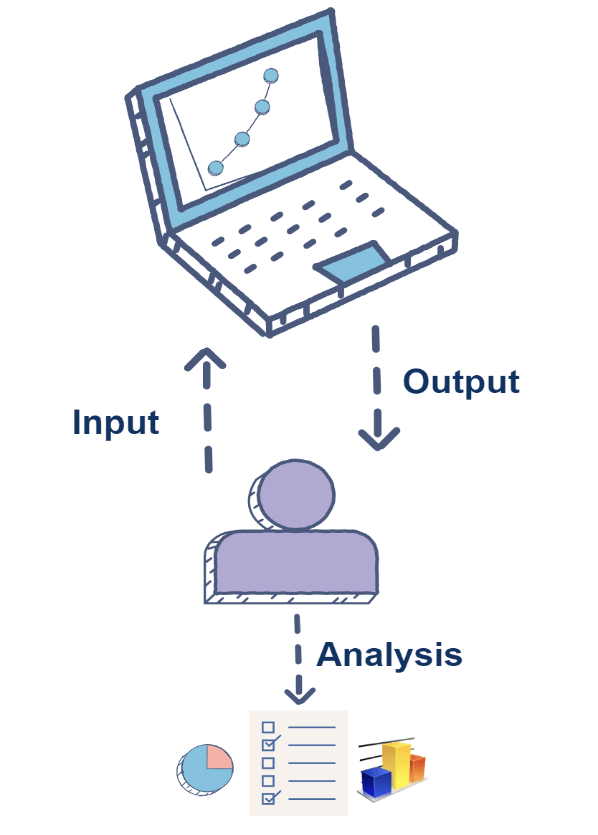Difference between Active and Passive TestingThis article will help you in providing a detailed comparison between active and passive testing. Before diving into the main topic, first, let us understand briefly the active and passive testing. What is Active Testing?Active testing is a method of software testing where a tester interacts with software or a software product and carries out the testing procedure themselves to look for defects in the software. Active testing, which typically involves testers physically interacting and trying the product to examine it, is a crucial component of any successful testing life cycle. Additionally, the evaluator analyses the outcome after feeding the product with test input data. A tester builds a mental model of a software product while conducting active testing and this model progressively grows and is improved through regular interaction with the software. 
Before the product is made available on the market for use by consumers, active testing is carried out during the development process. To validate and ensure the product's quality, it employs a variety of testing procedures and methods. It guarantees that the product complies with the client's business criteria. The testers interact with the software during this process to confirm all of its essential features and components. Why to use Active testing?
One of the main benefits of active testing is that it enables testers to identify defects/bugs early on in the development cycle, which can lower the cost of correcting those defects later. The general quality of the software system can be enhanced and the possibility of problems emerging during production can be reduced by spotting and correcting errors early on. What is passive testing?Observing a software system's behaviour while not actively engaging with it is known as passive testing in the world of software testing. In passive testing, evaluators watch and examine the system under the test's output and behaviour rather than providing any input to it to find any flaws or mistakes. To evaluate a system's stability and dependability under real-world circumstances without affecting its speed or usefulness, passive testing is frequently used. It is usually used to test systems, such as embedded systems, hardware, and network protocols, that are difficult to test using active testing techniques. One of the main benefits of passive testing is that it has no impact on the system's functionality or performance, enabling testers to watch how it behaves in real-world situations without applying any unnatural stress. Additionally, issues that may be challenging to replicate using active testing techniques, such as intermittent breakdowns or problems that only appear under certain circumstances, can be found using passive testing. Additionally, passive testing can be used to assess whether a system complies with legal requirements and industry standards, such as data privacy legislation and security standards. Passive testing, for instance, enables testers to keep an eye on network activity and spot any unauthorized entries or data breaches. Difference between Active and Passive Testing
Next TopicDifference between
|
 For Videos Join Our Youtube Channel: Join Now
For Videos Join Our Youtube Channel: Join Now
Feedback
- Send your Feedback to [email protected]
Help Others, Please Share










